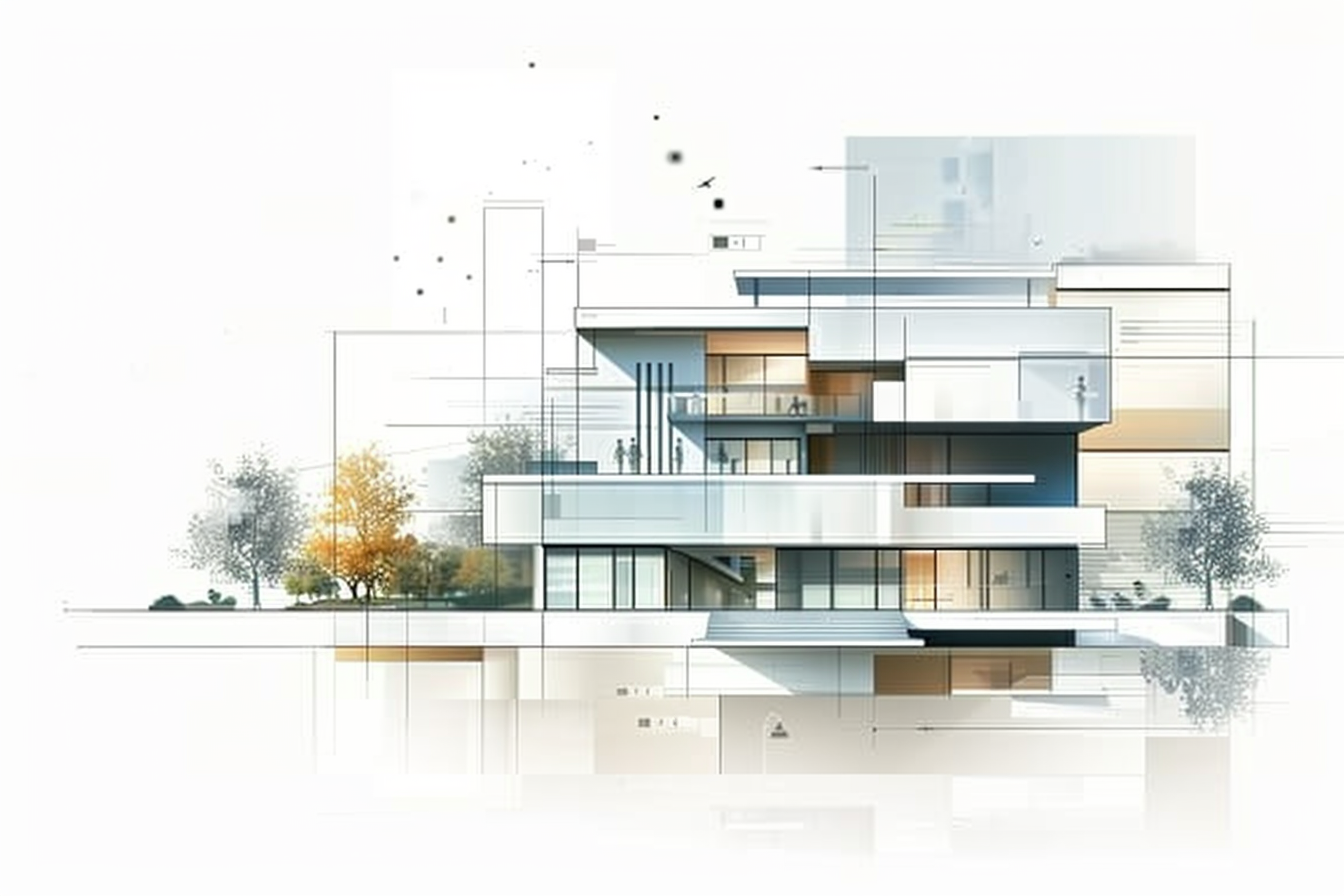Project Phases and Deliverables

Introduction
Architecture is more than creative design; it is a structured process that transforms an idea into a functional, built environment. This journey, from concept to completion, is divided into clear project phases, each with its own objectives, deliverables, and responsibilities. Understanding these phases is critical for recent graduates as they transition from academic theory to real-world practice.In this article, we will break down the key phases of an architectural project, clarify what each phase requires, and offer examples from iconic buildings to illustrate practical applications. You’ll also gain insight into the types of deliverables expected at each stage and how to navigate professional challenges effectively.
Theoretical Foundation
Key Concepts
- Project Lifecycle: The full journey of an architectural project from initial idea to final building occupancy.
- Deliverables: Tangible outputs or milestones completed during each phase.
- Client Brief: A document detailing client needs, goals, and constraints that guide the project.
Phases of Architectural Design (Standard Practice)
- Pre-Design (Conceptualization)
- Schematic Design (SD)
- Design Development (DD)
- Construction Documentation (CD)
- Bidding & Negotiation
- Construction Administration (CA)
- Post-Occupancy Evaluation (POE)
Practical Application
1. Pre-Design
- Goal: Understand client needs and site context.
- Deliverables: Site analysis, feasibility studies, zoning reports.
- Example: The design of the Seattle Public Library began with in-depth user and site research to define functional zones.
2. Schematic Design
- Goal: Develop broad design ideas, layouts, and massing.
- Deliverables: Concept drawings, diagrams, preliminary floor plans.
- Example: In Villa Savoye, Le Corbusier’s early schematics clearly expressed his five points of architecture.
3. Design Development
- Goal: Refine the chosen concept into coordinated systems.
- Deliverables: Detailed plans, sections, elevations, basic MEP integration.
- Example: In the Guggenheim Museum Bilbao, complex curves required design development supported by digital modeling.
4. Construction Documentation
- Goal: Provide contractors with detailed instructions.
- Deliverables: Full drawing sets, specifications, schedules.
- Example: The Shard in London required advanced documentation to coordinate multiple engineering disciplines.
5. Bidding & Negotiation
- Goal: Select a qualified contractor within budget.
- Deliverables: Tender packages, contractor queries, addenda.
6. Construction Administration
- Goal: Ensure the building is constructed per design.
- Deliverables: Site visit reports, RFIs, shop drawing reviews.
7. Post-Occupancy Evaluation
- Goal: Assess building performance.
- Deliverables: Occupant feedback, maintenance reviews.
Pro Tip: Always confirm your drawing set includes the latest consultant revisions before issuing for tender.
Technical Considerations
Codes and Regulations: Each phase must align with local building codes (e.g., IBC in the U.S., Dubai Municipality standards in the UAE).
- BIM Integration: Using BIM from the schematic phase improves coordination and minimizes errors in construction documentation.
- Coordination: Especially during DD and CD phases, coordination between structure, MEP, and architectural elements is vital.
Visual Aid Suggestion: Coordination matrix showing which consultants are involved in which phase.Pro Tip: Misalignment between MEP and architecture in CDs is one of the top causes of RFIs. Use clash detection tools early.
Implementation Guide
Kickoff: Start with client goals and legal/site constraints.
- SD Phase: Translate the brief into massing and layout options.
- DD Phase: Work closely with engineers to align systems.
- CD Phase: Produce full technical documentation.
- Tendering: Issue documents, answer queries, finalize contracts.
- Construction Phase: Monitor construction and issue clarifications.
- Post-Completion: Gather user feedback and analyze performance.
Pro Tip: Don’t just review drawings — walk the site. It sharpens your technical understanding beyond paper.
Common Mistakes and Solutions
Mistake: Rushing from schematic to CDs without client sign-off.
- Solution: Hold phase-completion reviews with all stakeholders.
- Mistake:Poor coordination among consultants.
- Solution: Use BIM coordination meetings and clash detection software.
- Mistake:Overdesigning early in SD.
- Solution: Focus on function and client priorities before refining form.
Visual Aid Suggestion: Side-by-side visual comparison: poorly coordinated section vs. well-coordinated one.Pro Tip: Keep a phase checklist for every project. It helps avoid missing minor yet critical deliverables.
Resources and Tools
- Software: Revit, AutoCAD, Bluebeam, Navisworks, BIM 360.
- References: AIA Project Delivery Guide, RIBA Plan of Work, CSI MasterFormat.
- Professional Bodies: AIA, RIBA, Dubai Society of Engineers.
Pro Tip: Templates save time. Set up standardized title blocks, legends, and detail libraries early in your career.
Conclusion
Understanding project phases and deliverables is foundational to becoming a competent architect. It connects the creative process with execution, ensuring that vision becomes reality. By mastering each phase — from initial concept to post-occupancy — recent graduates can contribute meaningfully and grow into project leaders.This structured knowledge isn’t just theory; it’s a blueprint for daily practice, enabling new professionals to step confidently into complex projects and lead with clarity, collaboration, and technical precision.